Personal injury law is undergoing rapid changes due to the integration of new technologies. Legal tech startups are disrupting the status quo with innovative solutions while raising pertinent ethical and regulatory questions.
This blog post explores the key technological shifts in personal injury law and their implications.
What Falls Under Personal Injury?
The field of personal injury spans cases resulting from automobile accidents, premises liability, medical malpractice, and defective products among others. Compensation in personal injury lawsuits often runs in millions of dollars depending on factors like lifetime loss of income, severity of injury, and reckless behavior.
Technology is profoundly impacting how personal injury cases are managed and resolved. Plaintiffs, defendants, lawyers, insurance companies, and the courts are benefiting from tech-enabled solutions. At the same time, concerns around privacy, bias, accountability, and regulatory gaps have emerged.
Large law firms have been early adopters of legal technology, with over 90% using solutions like e-discovery, document automation, and analytics as per the 2021 ABA Legal Technology Survey Report.
Key Technological Shifts
Analytics and Prediction
– Sophisticated analytics using big data and AI/ML are enabling law firms to identify the best cases, predict case outcomes, optimize settlements, and plan case strategies.
– Insurance companies are leveraging data mining to detect fraudulent claims and analyze risk more granularly.
Their settlement offers are becoming highly analytical.
– Courts are testing AI-based analytics to improve efficiency in record management, sentencing, and adjudicating of low-stakes traffic violations.
Case Management Software
– Cloud-based case management tools like Clio, Rocket Matter, and MyCase are transforming how personal injury law
practices manage workflows, track bills, digitize documents, schedule events, and collaborate with clients.
– Such tools increase efficiency and provide analytics on case performance. Many integrate with legal research
services.
– Plaintiff law firms test ‘litigation finance’ tools which provide case expense financing based on algorithmic
risk analysis.
Legal Research
– Comprehensive legal research databases like Westlaw, LexisNexis, and Fastcase contain millions of case laws,
verdicts, settlements, filed briefs, news articles, and public records.
– Hyperlinked snippets and annotated cases enable lawyers to research faster. Search is augmented by natural
language processing.
– Some research companies are using AI to summarize lengthy case documents and identify the most relevant
precedents. This saves attorneys’ time.
– When preparing for a personal injury case, having access to the right legal research resources and tools is
critical, especially for a personal injury lawyer in Virginia Beach.
eDiscovery and Predictive Coding
– In personal injury lawsuits, eDiscovery tools analyze millions of documents using predictive coding to identify
the most relevant records. This simplifies discovery.
– Computer vision is applied to digitally scan, index, and tag evidence like medical reports, police records, and
scene photos.
– Such tools reduce attorneys’ document review workload and costs compared to manual discovery.
Litigation Analytics
– Web-based litigation analytics services like Lex Machina mine court docket records provide insights on judges,
lawyers, parties, and case outcomes.
– Lawyers use such services to assess chances of success, predict delays, estimate costs, and plan case strategies
based on historical court data.
– These analytics are impacting everything from forum shopping to settlement strategy.
Blockchain Investigation
– Blockchain analysis assists in building chronological records of events in accident cases, especially those
involving smart vehicles.
– It provides tamper-proof timestamped vehicle data that can precisely reconstruct the sequence of events.
– However, the admissibility of blockchain data as legal evidence is still unclear.
AI for Document Drafting
– AI tools from companies like Casetext Carol and LawGeex allow law firms to automate the drafting of personalized
legal documents like briefs, motions, and memos once the key details are entered.
– This makes document preparation faster, more cost-effective, and consistent in quality.
– It reduces the workload of junior associates. The tools also help catch mistakes.
Virtual Reality
– VR is being used by both plaintiffs and defendants to reconstruct accident scenes and assess claims more
accurately.
– It provides an immersive 3D representation of environments and events. Expert witnesses can virtually visit a
site.
– However, the admissibility of VR reconstruction as courtroom evidence is still debated.
Online Dispute Resolution
– Web and app-based dispute resolution platforms like Matterhorn are emerging as an alternative to court trials for
certain small claims and pre-litigation settlements.
– It facilitates faster and cost-effective resolution without lengthy trials. Can be integrated with settlement
payments.
– Critics argue that faceless ODR undermines the personal connection between disputing parties.
Implications and Challenges
Ethics and Justice
– Over-reliance on AI analytics in judging cases can entrench societal biases. Accountability mechanisms must be
robust.
– There are fears that ODR may disadvantage individuals not tech-savvy enough to represent themselves virtually.
– Plaintiffs from lower economic strata must not be priced out of litigation services. For instance, a litigation
financing algorithm biased towards serving only high-value cases could be unethical.
Legal Admissibility
– New kinds of digital evidence from blockchain and VR lack legal standards and precedents around admissibility and
authentication.
– Laws need to be updated to address such technological evidence as personal injury litigation becomes highly
technology-dependent.
Regulation and Compliance
– As legal tech startups proliferate, regulatory gaps have emerged especially around the protection of sensitive
client data.
– Adopting technology without adequate compliance with record-keeping laws can put law firms at risk.
– Clear regulations are needed governing the outsourcing of legal processes to foreign vendors.
Judges and Juries
– Extensive use of legal tech tools might influence judges and juries to overly rely on technology at the cost of
human discretion and wisdom.
– However equal access to technology for all parties in a case can also enhance the capabilities of judges and
juries.
Training and Skills
– There is a pressing need to evolve legal training and align law school curriculums with the new tech skills
required of graduates.
– Continuing education for judges and lawyers in relevant emerging technologies also remains weak currently.
– Change management is vital as legal tech disrupts long-entrenched processes, systems, and mindsets.
The Road Ahead
Legal technology is undoubtedly a positive disruptive force making processes faster, transparent, analytical, and cost-effective.
However, alongside maximizing its potential, its ethical use and thoughtful regulation will be equally critical for the technology to become an amplifier of justice rather than an impediment.
by Malindy Hetfeld
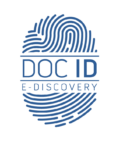

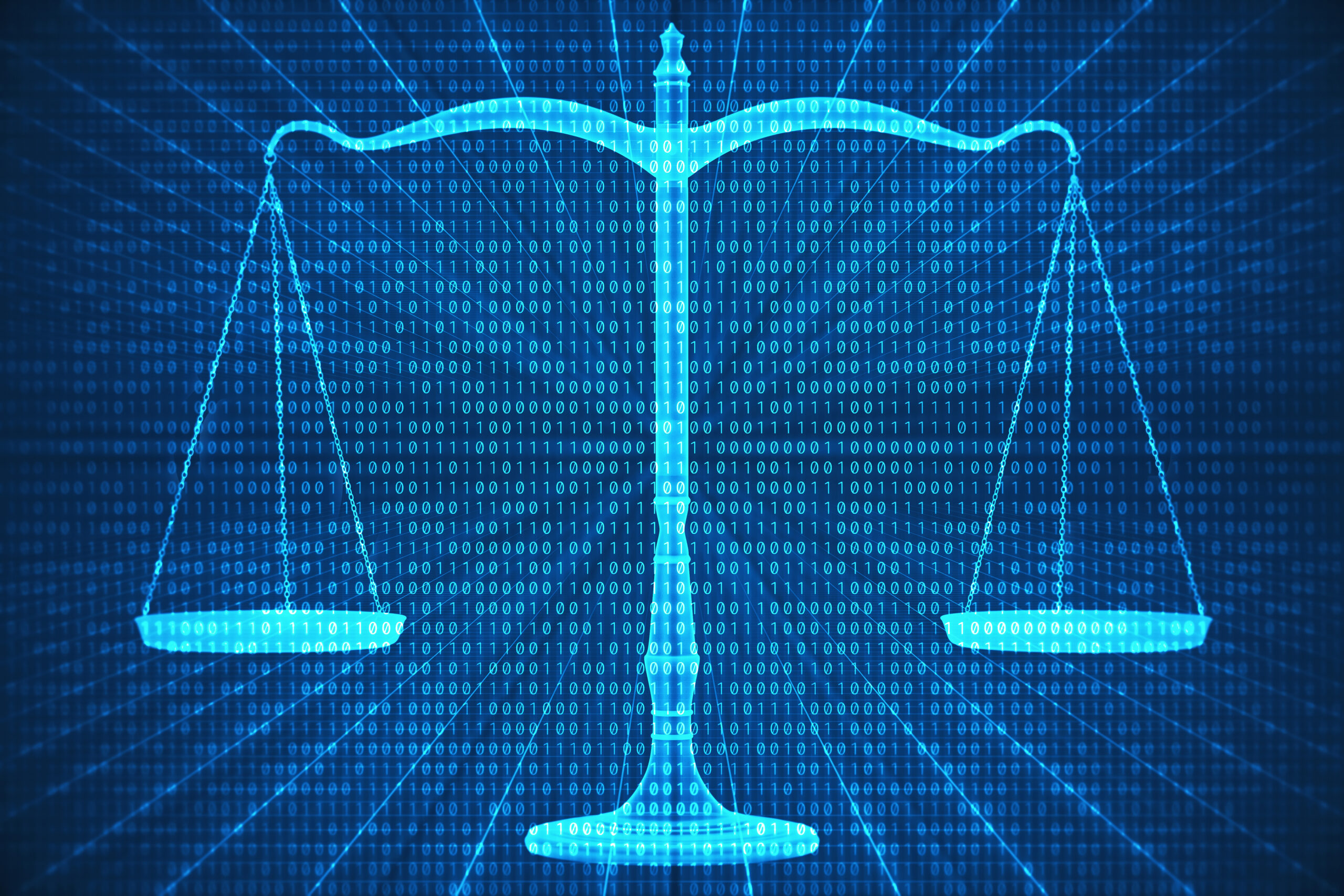
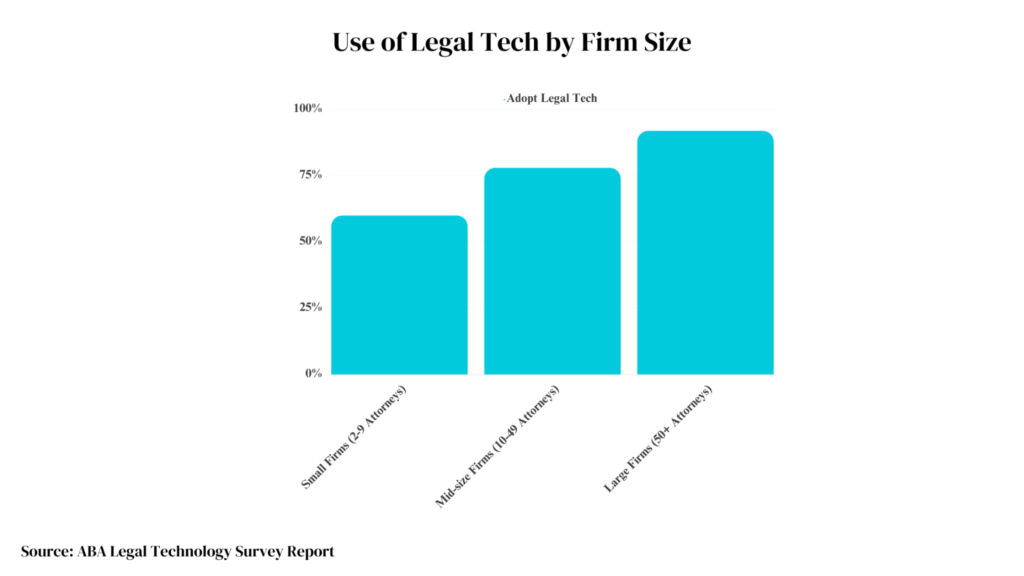
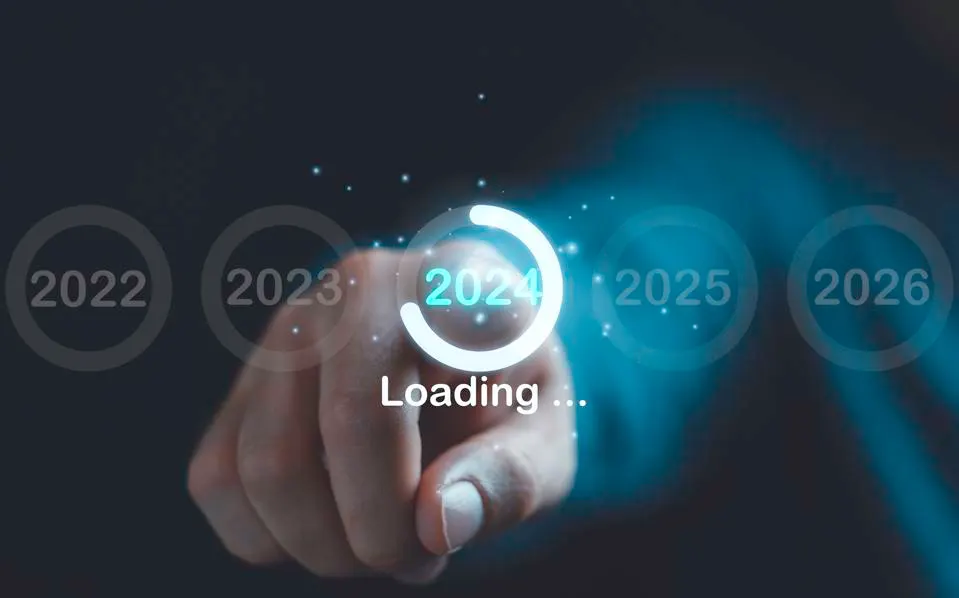
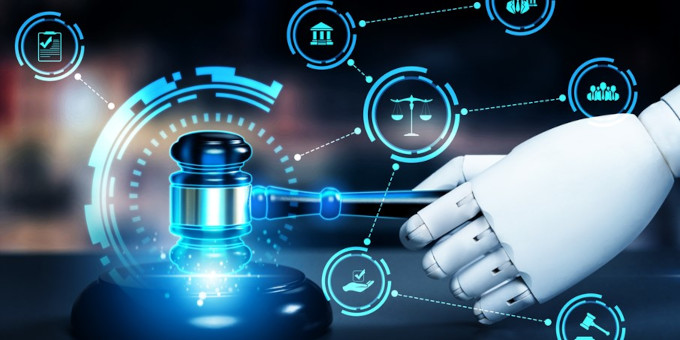
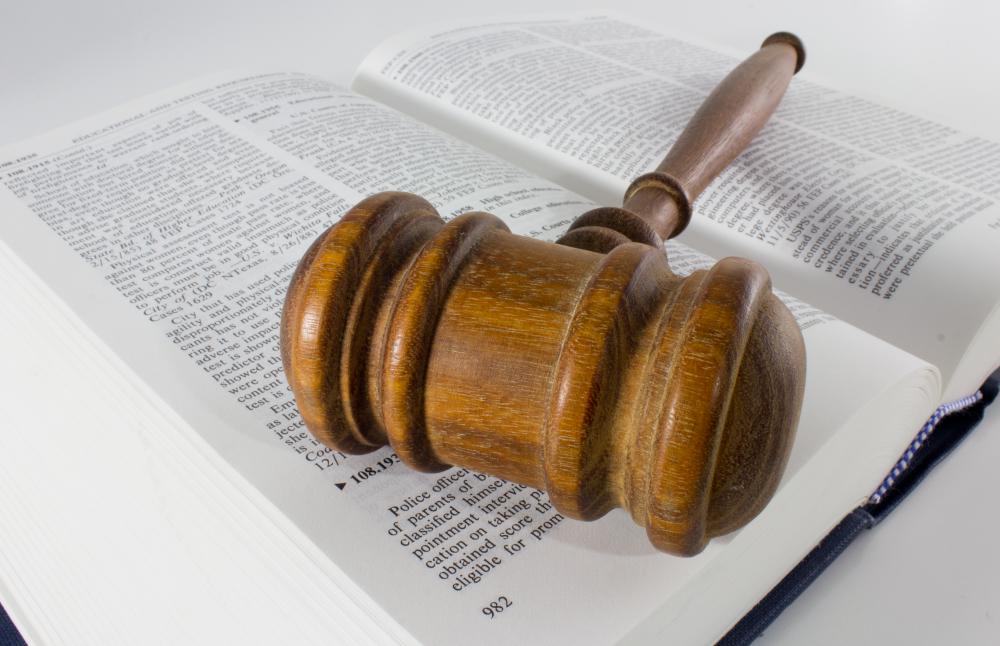


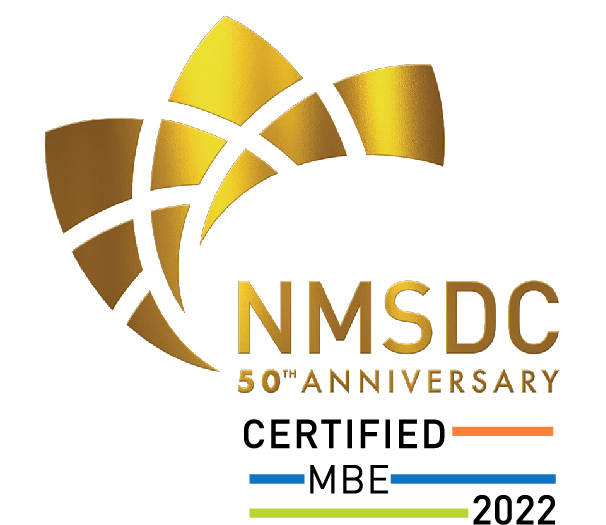
Leave A Comment